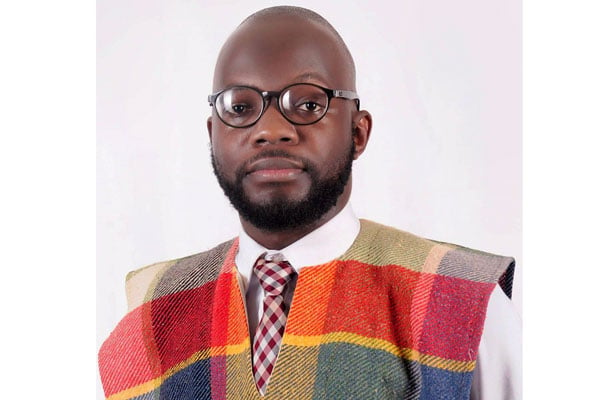Violence against Makerere students has far-reaching implications for UPDF

Victoria Nyeko
What you need to know:
- Brutality. Then the Uganda Police Force this week picked up from where the UPDF stopped. Opposition activist and former FDC party leader Kizza Besigye was brutalised as aptly captured on the front page of Daily Monitor.
During time for peace, it seems the military and Uganda Police Force still prepare for war. Not war against internal or external aggressors, but university students, journalists, Opposition leaders and other ordinary Ugandans.
This was recently witnessed as Makerere University students protested peacefully against the 15 per cent fees increment that is supposed to be effected over the next five years. As soon as the red beret-wearing Military Police exploded on the scene, violence was not far behind.
Students were severely beaten and left nursing wounds, with others being hospitalised.
President Museveni, the commander-in-chief of the armed forces, having returned from a foreign visit in Russia where African heads of state were hosted by president Vladimir Putin, seemed shocked by what he found at home.
The President is said to have posed an important question: “Who deployed Military Police at Makerere University?... Military Police should withdraw from Makerere University with immediate effect.”
The implication of the President’s question is far-reaching, both in Uganda and beyond our borders.
A few days later, Capt Ronald Lubeera, the UPDF officer reported to have commanded the attack on Makerere University, was arrested and is now detained at the Makindye Military Barracks.
As government struggles with damage control in the aftermath of the raid, some people are wondering if is it possible that some political interests are asserting their position by authorising the deployment of the Military Police without the commander-in-chief’s knowledge.
Are there people within the establishment that are sabotaging government by ordering a violent attacks on unarmed civilians to compromise government’s image?
Then the Uganda Police Force this week picked up from where the UPDF stopped. Opposition activist and former FDC party leader Kizza Besigye was brutalised as aptly captured on the front page of Daily Monitor on Tuesday, November 5.
Dr Besigye was violently attacked with tear gas and water cannons fired at him, forcing him to topple over the front windscreen of his car. Soon, a video circulated on social media, showing police demonstrating their prowess by smashing Dr Besigye’s car windscreen.
Some people started sounding alarm bells, saying even worse should be expected since Deputy Inspector General of Police, Maj Gen Sabiiti Muzeyi, is from the military.
If police can behave like this in broad daylight and before cameras, what happens where the public cannot see? In this case, unseen torture and human rights abuse inflicted on arrested Ugandans behind closed doors.
The streets of Kampala seem to have become the battleground for display of might. The damage assessment on Uganda’s image on the international scene can only be assumed.
Meanwhile, as violence was being witnessed on the streets of Kampala, a large delegation led by Tourism minister Ephraim Kamuntu was in London attending an annual international tourism and investment conference.
This doesn’t market the country well since tourists will naturally avoid countries with violent episodes on their streets. Yet tourism is key to our economy.
In 2017, according to the Uganda Bureau of Statistics (UBOS) and Ministry of Tourism, Wildlife and Antiquities, out of 1.3 million international visitors, approximately Shs5.1 trillion ($1.4b) was realised in revenue.
Therefore, this begs the question, what agenda and political interests are driving the Military Police and Ugandan Police Force to attack unarmed civilians and scare away tourists?




